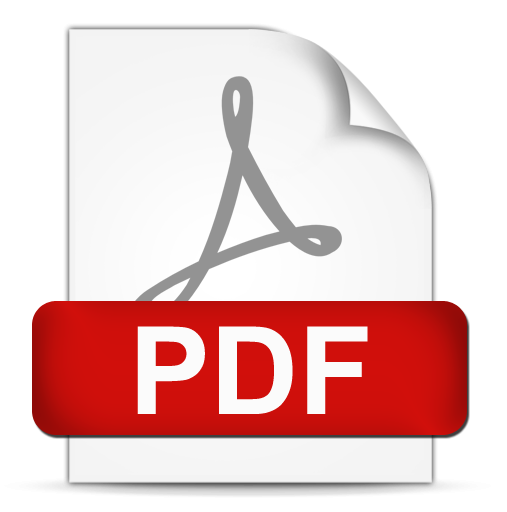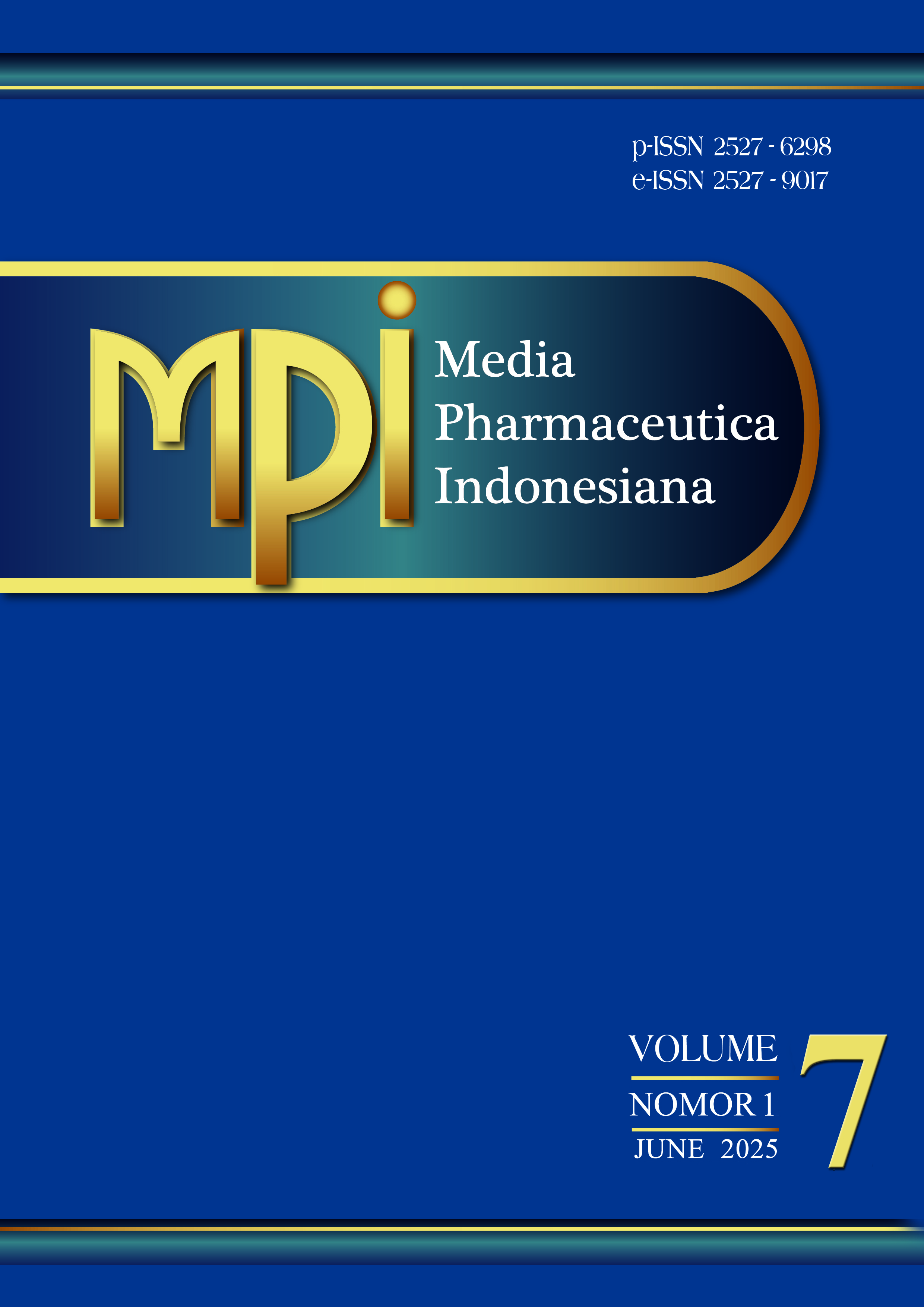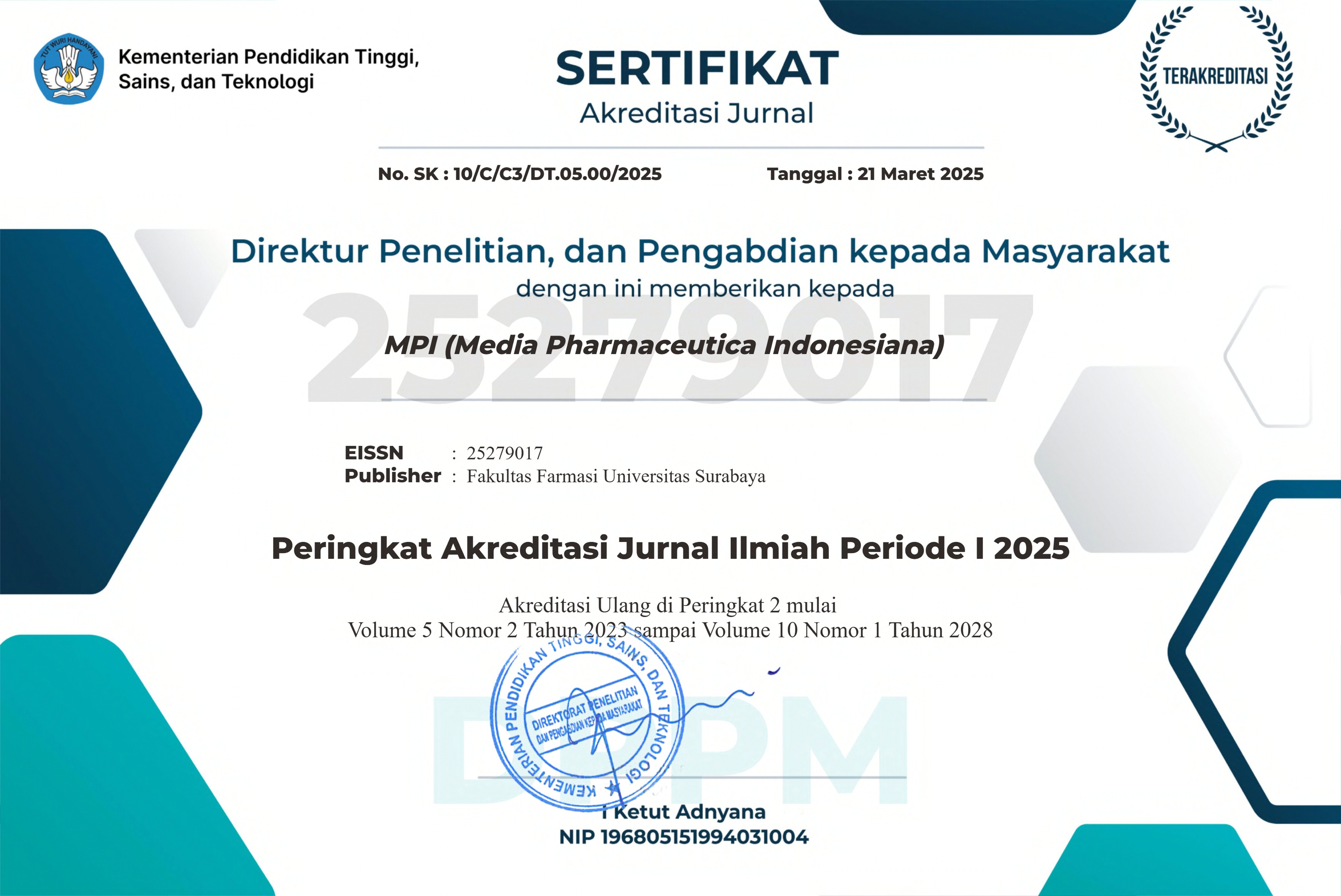Formulation of Lempuyang Essential Oil Lotion (Zingiber zerumbet (L.) Smith) as a Mosquito Repellent
 Abstract Views:
357 times
Abstract Views:
357 times
 PDF Downloads:
241 times
PDF Downloads:
241 times
Abstract
Mosquito-borne diseases, such as malaria, pose a significant public health threat in Indonesia, with cases increasing to 400,000 in 2023. This study focuses on developing a natural mosquito repellent lotion using lempuyang (Zingiber zerumbet (L.) Smith) essential oil, known for its insecticidal properties, as a sustainable and eco-friendly alternative to synthetic repellents. The objective of this study is to formulate and evaluate a mosquito repellent lotion using lempuyang essential oil at varying concentrations (5%, 10%, and 15%) and assess its physical properties, safety, and repellent efficacy. Lempuyang essential oil was extracted via steam distillation from fresh rhizomes. Lotion formulations were prepared with different oil concentrations and evaluated for organoleptic properties, homogeneity, emulsion type, pH, spreadability, and stability. Skin irritation tests were conducted and mosquito repellent efficacy was tested using Culex sp. mosquitoes in a controlled environment. The essential oil extraction via steam distillation yielded 0.4% oil from fresh lempuyang rhizomes, producing a pale yellowish-white oil. All lotion formulations exhibited desirable organoleptic properties, homogeneity, and spreadability (5–7 cm), with pH levels (6.18–7.46) suitable for skin application. Stability tests confirmed no changes in appearance, color, or odor over four weeks. Irritation tests showed no adverse reactions, confirming the lotion’s safety. The 15% formulation demonstrated the highest mosquito repellent efficacy, providing 82.45% protection, outperforming the 5% and 10% formulations. These results highlight the 15% lempuyang essential oil lotion as a promising, natural, and safe mosquito repellent.
Submitted: 23-03-2025, Revised: 16-04-2025, Accepted: 21-04-2025, Published regularly: June 2025
Downloads

This work is licensed under a Creative Commons Attribution-ShareAlike 4.0 International License.
Articles published in MPI are licensed under a Creative Commons Attribution-ShareAlike 4.0 International (CC BY-SA) license. You are free to copy, transform, or redistribute articles for any lawful purpose in any medium, provided you give appropriate credit to the original author(s) and MPI, link to the license, indicate if changes were made, and redistribute any derivative work under the same license.
Copyright on articles is retained by the respective author(s), without restrictions. A non-exclusive license is granted to MPI to publish the article and identify itself as its original publisher, along with the commercial right to include the article in a hardcopy issue for sale to libraries and individuals.
By publishing in MPI, authors grant any third party the right to use their article to the extent provided by the CC BY-SA license.

 DOI:
DOI:










